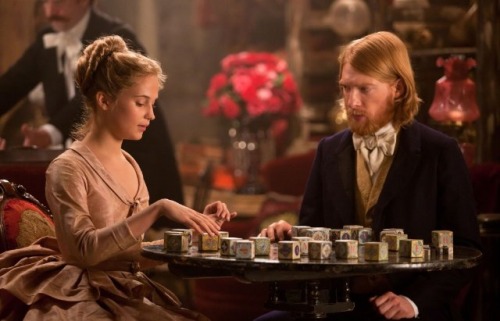 |
| If I forget you, O Jerusalem, let my right hand wither! Let my tongue cleave to the roof of my mouth, if I do not remember you, if I do not set Jerusalem above my highest joy! |
There is an old saying about Jerusalem. When God created the earth, he distributed ten portions of beauty, nine of which were allotted to Jerusalem. And he also distributed 10 portions of sorrow, nine of which were allotted to Jerusalem.
Staying in Jerusalem was my favourite part of the pilgrimage. The city is such a melting pot of different traditions and cultures rubbing elbows together, composed as it is of the Jewish Quarter, the Palestinian Quarter, the Christian Quarter and the Armenian Quarter. In its ancient history it has seen numerous wars and is still a place full of underlying tensions. Christians reverence the place where Jesus preached, healed, worshipped, was crucified, was buried and rose again. For the Jews it is the Holy City of Zion, where Abraham was prepared to sacrifice Isaac, where David and Solomon reigned, where the Temple stood, and where according to rabbinic legend Adam and Eve and the whole world were created. And it is held holy by the Muslims, who believe that Mohammed ascended into Heaven from there. Yet somehow all these groups manage to live more or less together, though perhaps more by force of circumstances than by choice!
Every day I got to visit the Basilica of the Holy Sepulchre. In the basilica there are three main Christian groups with the greatest privileges in terms of celebrating liturgies: the Latin rite Catholics, the Greek Orthodox and the Armenians. There are also three smaller Christians groups: the Copts, the Syriacs and the Ethiopians. One night I stayed up and observed the different liturgies that happened throughout the night, starting with the Greeks at midnight. Before that got underway though, a represenative from each of the groups went around the whole basilica incensing all the altars. I've never seen so many thuribles being swung at once, and so hastily - I had to make sure and keep out of their way!
 |
| The Holy Sepulchre |
The next morning our group had our own Mass in the tomb of the Resurrection, which I had the privilege of deaconing. Golgotha, the site of the Crucifixion, is also within the Basilica, just near the Sepulchre as St John notes in his Gospel.
We saw so much of the city: the Western Wall, which is the last remaining wall of the Herodian Temple destroyed by the Romans in 70 AD; the Cenacle where the last Supper was celebrated (until recently a mosque!); the pool of Bethsaida where the crippled man was healed; the Mount of Olives where Jesus prayed to the Father before his Passion... For me being in Jerusalem was like being at the heart of life itself, in all its nobility and in all its ignominy, without pretence. I’m sure the Incarnate Word of God would have felt quite at home walking its streets! (I mean that in an idiomatic rather than a theological sense...)
Next time I’ll say something about Bethlehem.










